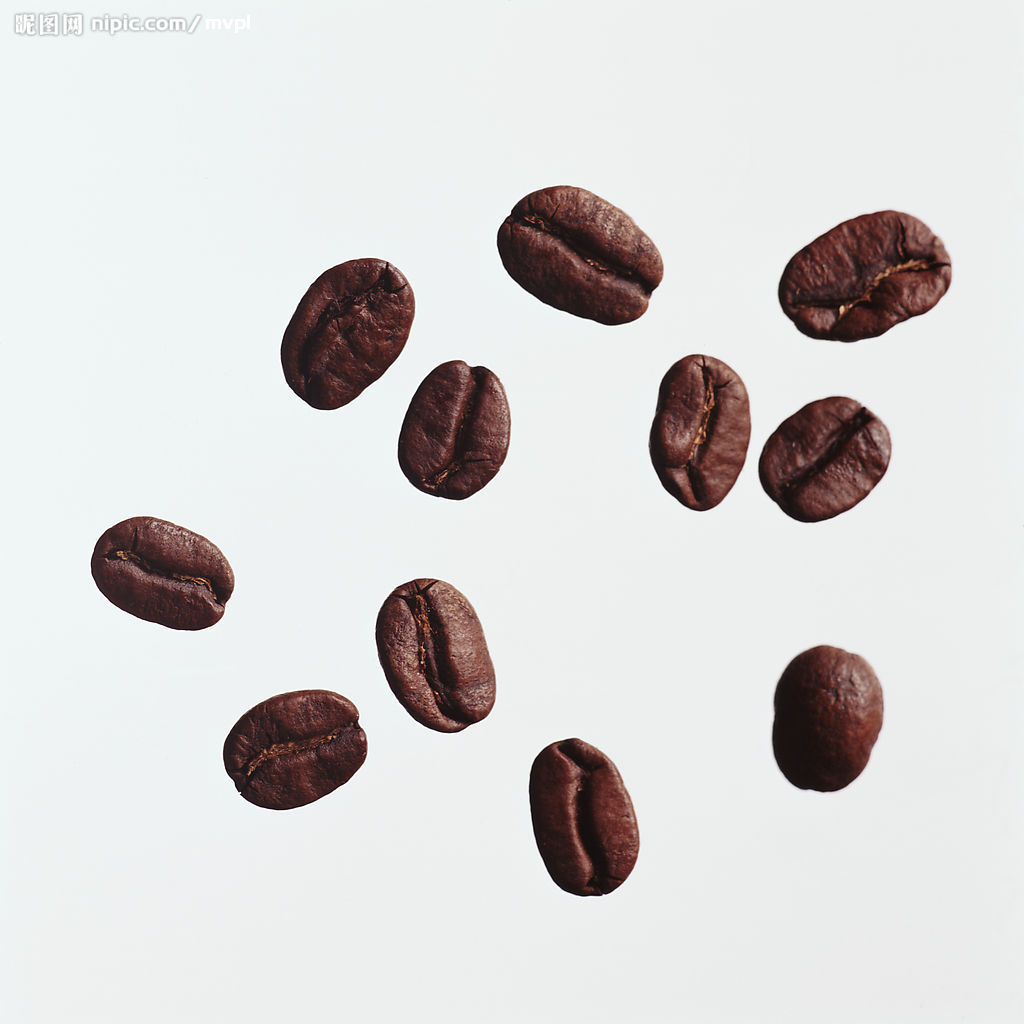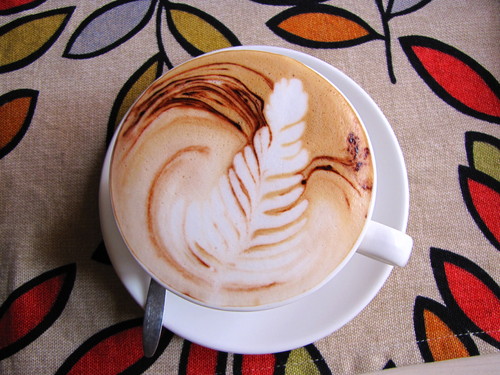Natural decaffeinated coffee Laurina is decaffeinated coffee good
(for example, Swiss water treatment) to remove caffeine from coffee beans as much as possible. The level of artificially processed decaf coffee has been improving, but there will always be people who think that its flavor will be worse than it was before caffeine was removed.
Scientists have also been trying to find ways to make the coffee fruit on the tree naturally decaf. In 1989, a team led by Mr. Andrea Illy, the third-generation head of Illy, a famous Italian coffee roaster, bought a batch of 185000 coffee saplings that an American company planned to throw away. In these seedlings, they found some natural varieties of bourbon species. The coffee fruit of this variety contains much less caffeine than ordinary Arabica coffee. The Illy team selected 15 sturdy "mother trees" from these seedlings for breeding and reproduction. El Salvador introduced this variety for experimental cultivation in 2000 and is now extended to other coffee-producing countries such as Costa Rica and Colombia. This breed is today's Laurina.
At the same time as the Illy team cultivated this variety, Japanese coffee company UCC and French scientists are also collaborating on the breeding of natural low-caffeine coffee. They selected a bourbon variety almost the same as Laurina in Madagascar and named it Bourbon Pointu.

Important Notice :
前街咖啡 FrontStreet Coffee has moved to new addredd:
FrontStreet Coffee Address: 315,Donghua East Road,GuangZhou
Tel:020 38364473
- Prev

How to beat coffee machine how to milk Italian coffee machine latte coffee beans coffee machine recommended
The basic decomposed process skills exercises are summarized as follows: 1, the operation flow of the bean grinder; 2, the filling and pressing process of loading powder; 3, the operation flow of the coffee machine; 4, the operation flow of the steam rod; 5, the habit of clean reset; in the actual operation of the coffee flower, the production of foam for flower is particularly critical, this skill training is also the most patient link. We sorted out the coffee machine.
- Next

How to distinguish between cappuccino and latte espresso with coffee beans
A good latte should be made up of good espresso, good milk and good espresso. Now many people are claiming that pulling flowers is not important. As long as you have a delicious espresso, I think that most of the people who say this kind of words have lost confidence in their own pulling flowers, and they can't even make a good espresso. This kind of unenterprising mentality should be all of us.
Related
- Beginners will see the "Coffee pull flower" guide!
- What is the difference between ice blog purified milk and ordinary milk coffee?
- Why is the Philippines the largest producer of crops in Liberia?
- For coffee extraction, should the fine powder be retained?
- How does extracted espresso fill pressed powder? How much strength does it take to press the powder?
- How to make jasmine cold extract coffee? Is the jasmine + latte good?
- Will this little toy really make the coffee taste better? How does Lily Drip affect coffee extraction?
- Will the action of slapping the filter cup also affect coffee extraction?
- What's the difference between powder-to-water ratio and powder-to-liquid ratio?
- What is the Ethiopian local species? What does it have to do with Heirloom native species?

